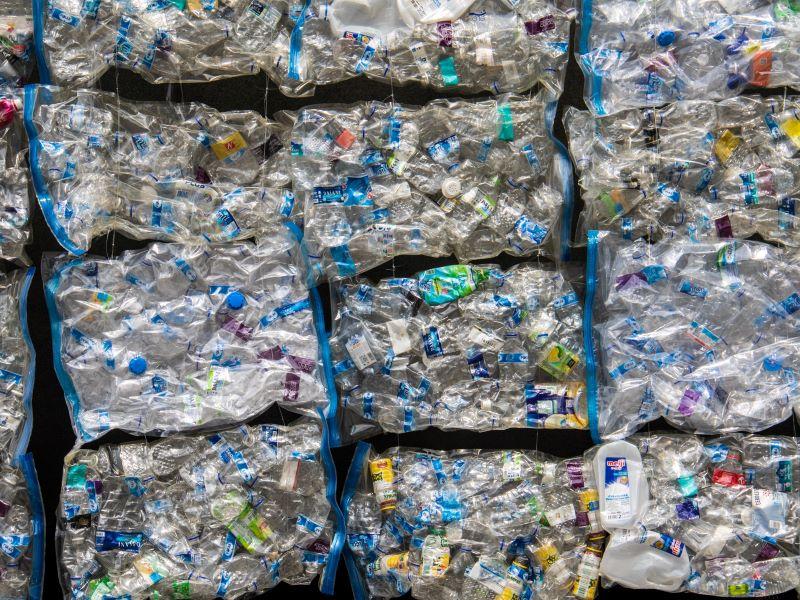Universities have a huge role to play in tackling climate change, and based on our analysis of the THE Impact Rankings individual institutions can do much more.
THE’s recent report The Race to Net Zero: How global universities are performing delves into the rankings data to reveal that only just over half of universities participating in the Impact Rankings table on SDG 13 (climate action) have a target to reach net zero. Almost a quarter of those universities reported no use of low-carbon energy while less than a third have a goal to reduce Scope 3 emissions, which are indirect to institutions’ activities, but include flights for academics and international students.
The challenge is immense, but as Charles Sturt University, which became Australia’s first carbon neutral university in 2016, has shown, it is possible. Here are eight recommendations from our report for universities on how to reduce carbon emissions and transition to net zero:
Set both net zero and absolute zero emissions commitments
These commitments should include target dates and work towards eventually covering emissions from all three scopes (direct, purchased electricity and indirect). Consider setting stretching goals to achieve transformational change. While reaching absolute zero emissions may be unrealistic on a global scale, many individual institutions can be far more ambitious and an absolute zero commitment would avoid over-reliance on offsetting.
Devise a comprehensive sustainability strategy to achieve those goals
Start by assigning a sustainability champion at the institution, if there is not one already, who will map out the work already under way across the university to reduce emissions and determine what still needs to be achieved, drawing on your academics’ expertise. Consider setting absolute, science-based targets – this means targets that are aligned with what the latest climate science deems necessary to meet the goals of the Paris Agreement (limiting global warming to well below 2°C, preferably to 1.5°C, compared with pre-industrial levels). The Greenhouse Gas Protocol can be used to help measure and manage your institution’s emissions.
Create an agreed framework for measuring emissions from international student travel
This should involve collaboration with higher education institutions across different countries so the framework can be adopted by any university around the world. These emissions, which would count as Scope 3 emissions, should then be included as part of your institution’s reporting. Many universities are not yet measuring Scope 3 emissions as part of their net zero targets and, among those that are, it appears that very few are including flights from international students.
Establish guidelines around offsetting
This should include when to offset, regularly reviewing offsetting decisions and ensuring that offsets permanently remove carbon. Offsetting means reducing greenhouse gas emissions or increasing greenhouse gas removals through external activities to compensate for emissions made elsewhere. It is typically arranged through a marketplace for carbon credits or another exchange mechanism. If universities are too reliant on offsetting then it could undermine the motivation to minimise the emissions they are producing in the first place.
Involve the entire university community
Bring together students, staff and academics to identify and test potential carbon neutral solutions. Embed this activity into teaching programmes and staff workloads to ensure that it is recognised and valued. Provide senior management team support. This will ensure that sustainability runs through every aspect of your institution.
Participate in the THE Impact Rankings to promote your institution’s sustainability strategy and measure and report your progress
The Impact Rankings are the only global performance tables that assess universities against the United Nations’ Sustainable Development Goals. It’s free to participate and the results allow institutions to benchmark their performance against that of their peers. Universities have until 12 November 2021 to submit data to be included in next year’s Impact Rankings. As well as taking part in the rankings you should, more broadly, regularly monitor and report your progress on both reducing emissions and offsetting choices.
Use the data from the THE Impact Rankings to identify institutions that could be potential partners or could provide guidance on your road towards net zero
Consider whether it is worth establishing a network with several of these institutions focused on net zero. Participating universities must submit evidence relating to their policies and these documents can be useful best practice resources.
Engage with sustainability experts in other sectors outside higher education
This could involve discussing the best ways to measure or reduce certain types of emissions. Collaborating with other industries, as well as within the sector, will ensure that you can tap into the most advanced and innovative knowledge wherever it is based. It will also mean you are less likely to spend time building methodologies that have already been established.
Ellie Bothwell is rankings editor at Times Higher Education.




comment